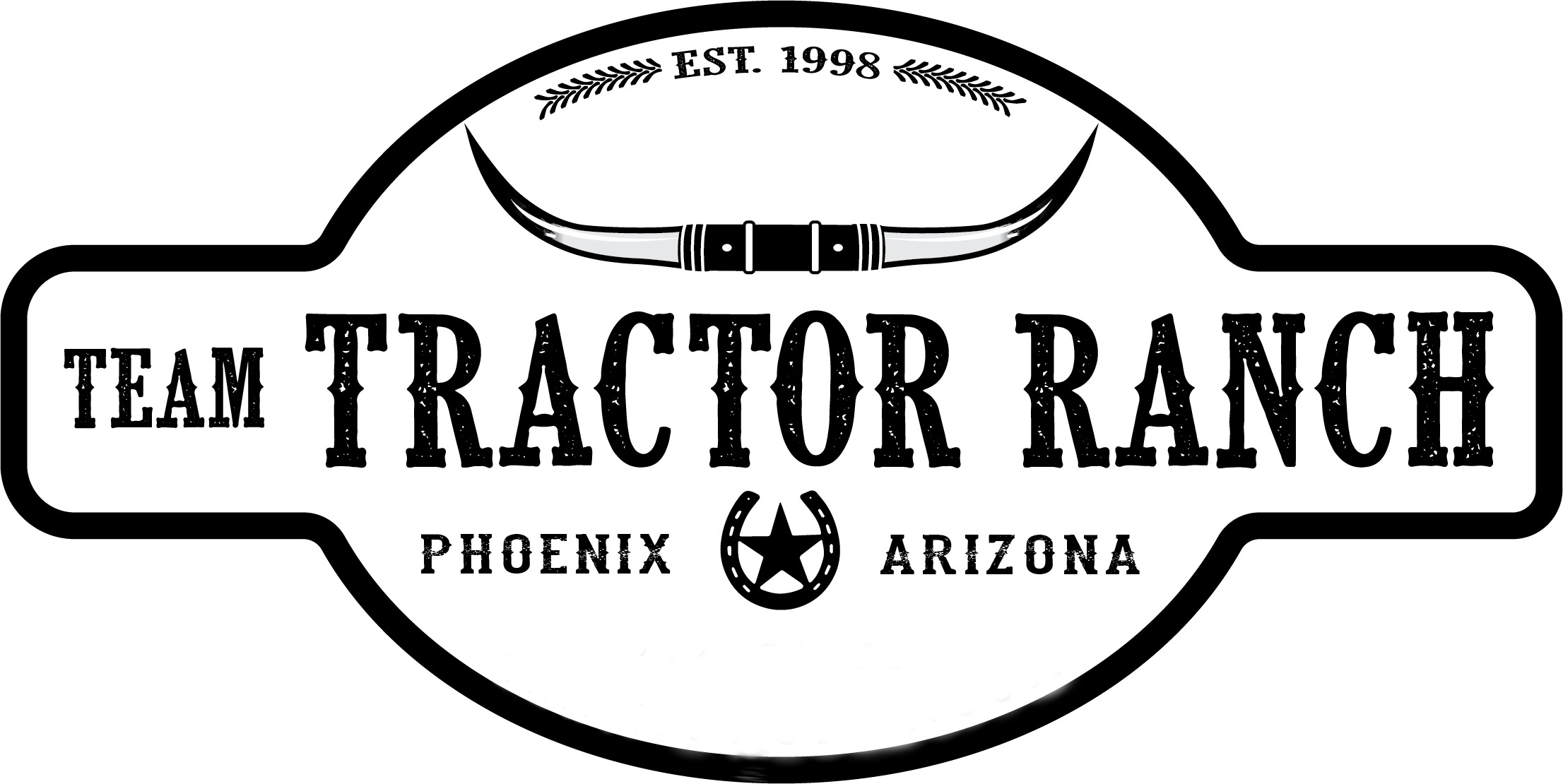What is Crop Rotation?
We want to help you understand the science of crop rotation, which has been practiced by farmers for centuries.
What exactly is crop rotation?
Crop rotation is the practice of growing dissimilar crops in the same area in a planned sequence.
This practice minimizes erosion, increases soil fertility and crop yield, and reduces reliance on fertilizers and chemical herbicides.
A two-field crop rotation was very popular in Europe. Half the field would be planted and half fallow. The two would be rotated every year.
With half the acreage not producing any crop, clever minds in the late 8th century and early 9th, sought to improve productivity. This led to the three-field crop rotation. By the early 16th century, a four-field crop rotation had become popular. A four-field crop rotation would work in a sequence of something like turnips, wheat, barley, and clover with a fodder, and grazing crop allowing livestock to be bred all year.
The rotation between arable and ley is often referred to as ley farming.
In North America, especially in the corn belt, agriculture is dominated by corn. Corn has a high bushel yield for each acre grown. Therefore, it has a high ROI.
A crop rotation brings many benefits to the soil ecology. With a farm being a business, it must produce a profit. Some farms grow corn continuously, supplanting a healthy organic rotation cycle. They rely on herbicides to control weed growth, and fertilizers to counter depleted needed elements such as nitrogen and phosphorous.
Though continuously growing corn can be successful --- nuisances such as corn rootworm (CRW), which can destroy significant percentages of crop if left untreated, are often associated.
Soil-applied insecticides usually combat CRW well. In areas of heavy insecticide use, populations of CRW have been known to become resistant to certain insecticides.
Researchers at leading universities, as well as agricultural experts, agree that a crop rotation that takes into consideration variables such as market conditions, farm size, labor/equipment availability, climate, soil type, and growing practices, can be profitable while benefiting soil ecology.
Research shows that multi-year, multi-crop rotations, produce high yields for each crop in rotation. They control pests and weeds with less reliance on chemicals and enhance soil fertility with less need for synthetic fertilizers.
So where do you start?
A well-constructed crop rotation will consider the conditions one grown crop leaves for another.
Crops such as tomatoes, corn, lettuce, and cabbage are nitrogen depleters.
A successful crop rotation would follow a nitrogen depleter with a nitrogen fixing plant such as beans, peas, or other legumes. And while peas, beans and other legumes add nitrogen, they need lots of phosphorus.
You will need to pay attention to the rotated crop. Let us say corn. That means selecting a seed that has the best genetics, moving to narrower rows if the rotating crop is soybean, and fertilizing / applying preemergent herbicides as needed.
If the mainstay crop is cotton, just note it is a soil-depleting crop. The rotation would be a soil-enriching crop such as peas or peanuts.
Wheat is becoming a popular rotation crop, especially in farms running a traditional corn-soybean rotation. By adding wheat as a third crop, the farmer gets many benefits. This includes aiding in the management of glyphosate-resistant weeds and pests such as the soybean cyst nematode. CRW which in the past has been controlled by a rotation to soybean for a year has been known to anticipate the soybean rotation and go dormant for that year, only to return when the corn crop returns to the rotation.
That additional year of adding wheat to the rotation breaks that anticipation and starves the emerging rootworms. In a corn-soy-wheat rotation, it is best to have the wheat follow the soy due to the Fusarium ear blight (FEB) that overwinters on stalks of wheat and corn. Because wheat is susceptible and corn is not, it is better to grow wheat after soybeans.
There are several drawbacks to crop rotation:
- Unique variables and conditions
- Requires vast knowledge and skills
- Lesser financial returns at certain times
- May not be favorable in certain growing conditions
- More time preparing for the rotations
- Requires additional equipment and their associated cost
- Must treat the rotation crop as carefully as the mainstay
There are several benefits to crop rotation:
- Natural replacement of soil nutrients depleted by a single crop
- Improved crop yields
- Less chemical pesticides
- Reduced synthetic fertilizers
- Less pests
- Weed control
Think of crop rotation as a methodology to a more sustainable, healthy food system, where a variety of crops are grown with improved yields, reduced pests and weeds, and less reliance on chemicals and fertilizers.
If you need any further help, or have any questions about crop rotation, tractors, or anything else, please contact your dealer, local mechanic, or call us at 602-734-9944. Please ask about our current new and used tractor supply.
Team Tractor and Equipment - #1 Tractor Dealer in Arizona. We sell and service most major brands of tractors including Yanmar, Kubota, John Deere, TYM, Mahindra, Kioti, Case, New Holland, Massey Ferguson, Ford, Deutz, Case IH, Farmall, International Harvester, Branson Tractors, LS, Shibura, Claas Tractor, McCormick Tractors, Valtra, Solis, YTO, Montana, and Nortrac.
